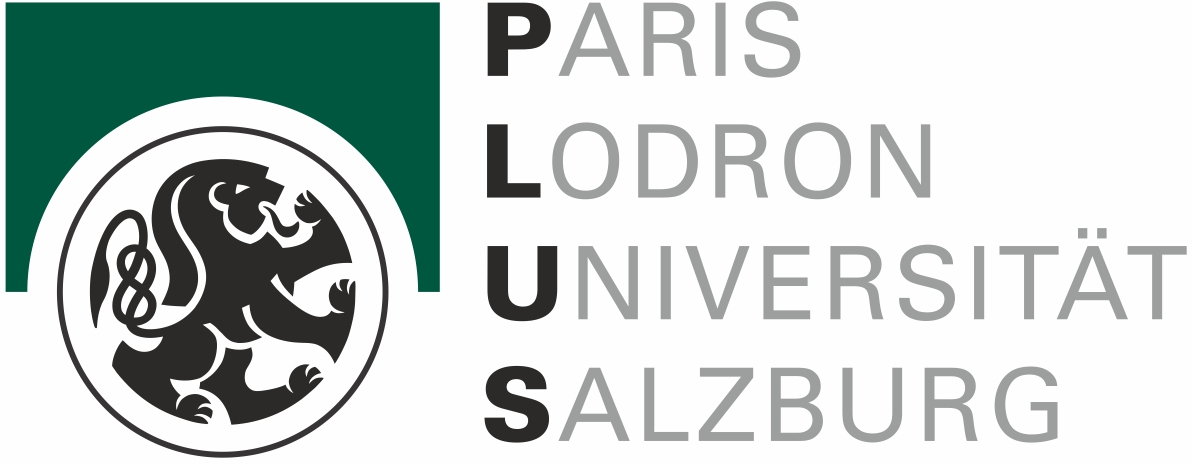 Figure 1: Photo taken from the ultrasonic scanner spanning the scan-plane
using 8 linear ultrasonic transducer arrays encircling the interrogated volume.
Figure 1: Photo taken from the ultrasonic scanner spanning the scan-plane
using 8 linear ultrasonic transducer arrays encircling the interrogated volume.





Breast cancer is the second most common form of cancer after skin cancer
and the second major cause of cancer-related death after lung cancer. One
out of eight women will develop invasive breast cancer in their lifetime. One
out of one hundred patients are male.
The five-year survivability strongly depends on the size of the lesion when
initially detected by screening.
Mammography has a high sensitivity (high rate of true positives out of
all positives, including false negatives) and high specificity (high rate of true
negatives out of all negatives, including false positives) and allows to detect
lesion just by analyzing their structure modulating X-ray opacity imaged.
Ultrasonic screening is employing acoustic, thus mechanical waves, that at least potentially are able to convey, besides the structural information, also information on mechanical properties of the interrogated volume. Thus e.g. the compressibility of masses, or the speed of sound in plasma filled cysts, or the larger mass density of a lesion as compared to fatty tissue can be estimated and used as a further cue to discern benign from malignant masses.
In the development phase of sophisticated signal processing schemes that allow to discern tissue types ultrasonic phantoms are typically used that are specifically designed to mimic particular properties (speed of sound, mass density, tissue's attenuation to ultrasonic waves, etc.) of interesting tissues. A particularly involved signal processing scheme that is to be developed, is aimed at holographically imaging the breast. It uses one transmitting and several receiving transducers positioned circularly around the interrogated volume within a slice-plane (see Fig. 1).
 Figure 1: Photo taken from the ultrasonic scanner spanning the scan-plane
using 8 linear ultrasonic transducer arrays encircling the interrogated volume.
Figure 1: Photo taken from the ultrasonic scanner spanning the scan-plane
using 8 linear ultrasonic transducer arrays encircling the interrogated volume.
The simulation of propagating waves in inhomogeneous (with respect to some or several parameters) media can not be based on fast algorithms, like employed in the Field II simulation environment [1], since all fast simulation tools use the superposition, at the location of the ultrasonic transducer elements, of the spatial impulse responses emanating from scatterers randomly positioned in the simulated volume. Only Finite Element Method (FEM) based algorithms like the software k-Wave [2] can accommodate such spatially varying (on a voxel by voxel basis) tissue properties. Their numerical complexity is very high in particular if ultrasound frequencies in the 10 MHz-range are considered, since the spatial grid as well as the sampling increment in the time domain need to satisfy the sampling theorem [3], resulting in large three dimensional grids that need to be simulated for each step in time. Typical grid sizes for small phantoms are on the order of 1024 × 1024 × 256 = 2.7·108 voxels, which are to be evaluated at on the order of 104 time steps. The computation time on a standard high-end PC would then be close to ten thousand hours which clearly is prohibitive.
The numerical structure of the simulation problem, however, is such that - for the example above - up to 1024 processor cores can be fully utilized in parallel reducing the overall computation time down to mere hours if run on the MACH-2 Supercomputer.
 Figure 2: Simulated phantom consisting of a low scattering background
medium surrounding three highly scattering regions, the left of which is
partially filled with water mimicking a cyst. The gray-scale value indicates
scattering strength.
Figure 2: Simulated phantom consisting of a low scattering background
medium surrounding three highly scattering regions, the left of which is
partially filled with water mimicking a cyst. The gray-scale value indicates
scattering strength.
A first simulation result for a phantom shown in Fig. 2 that requires a rather small grid (256 × 256 × 128 voxels), isonified by a 1.5 MHz transducer (instead of 7 MHz used in diagnostic ultrasound) and whose physical size is 40 × 40 × 5 mm3 is shown in Fig. 3.
 Figure 3: log-compressed B-mode image generated by simulation of the phantom depicted in Fig. 2.
Figure 3: log-compressed B-mode image generated by simulation of the phantom depicted in Fig. 2.
References